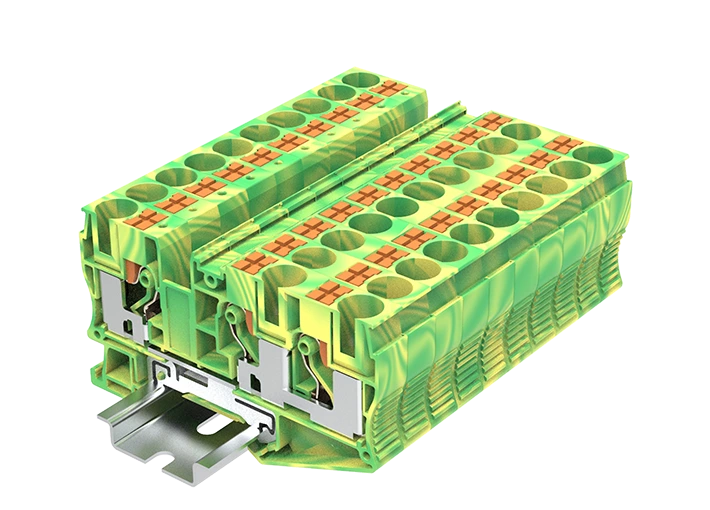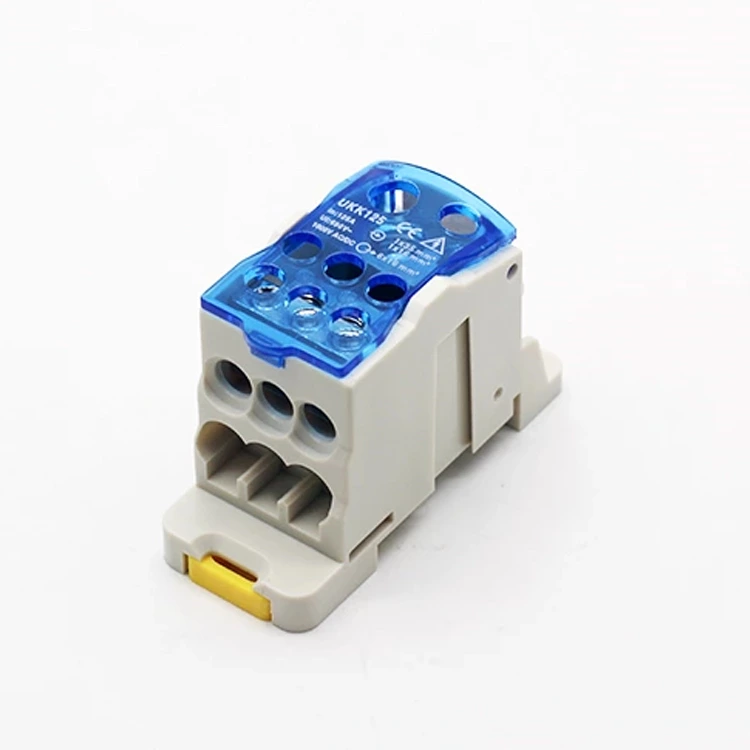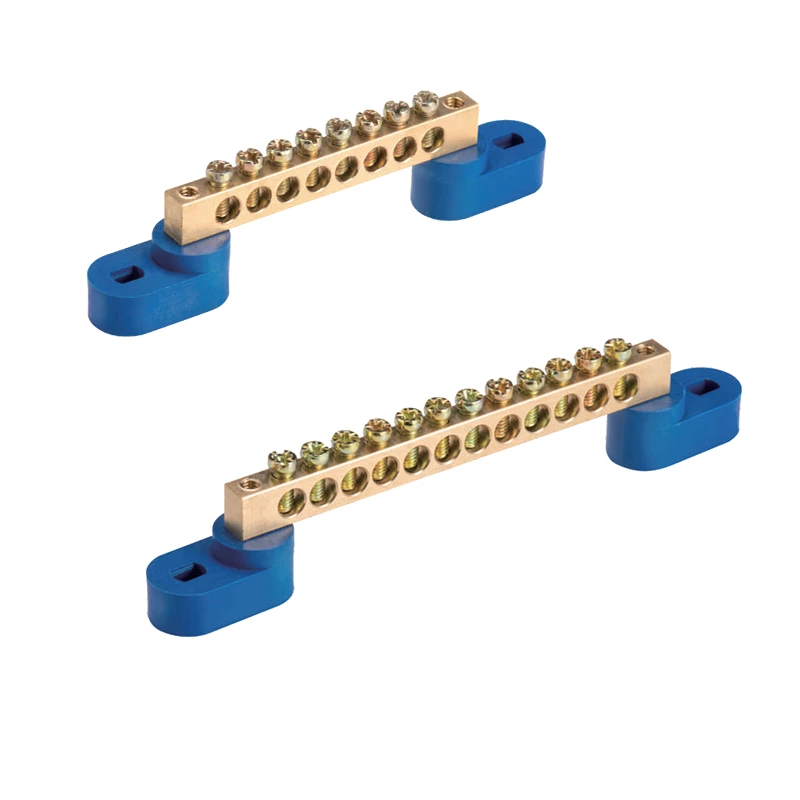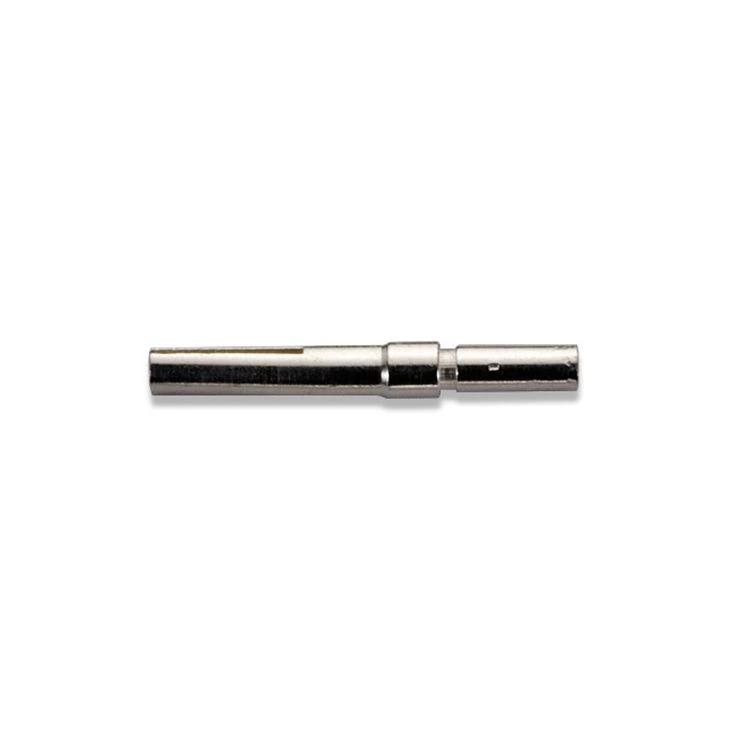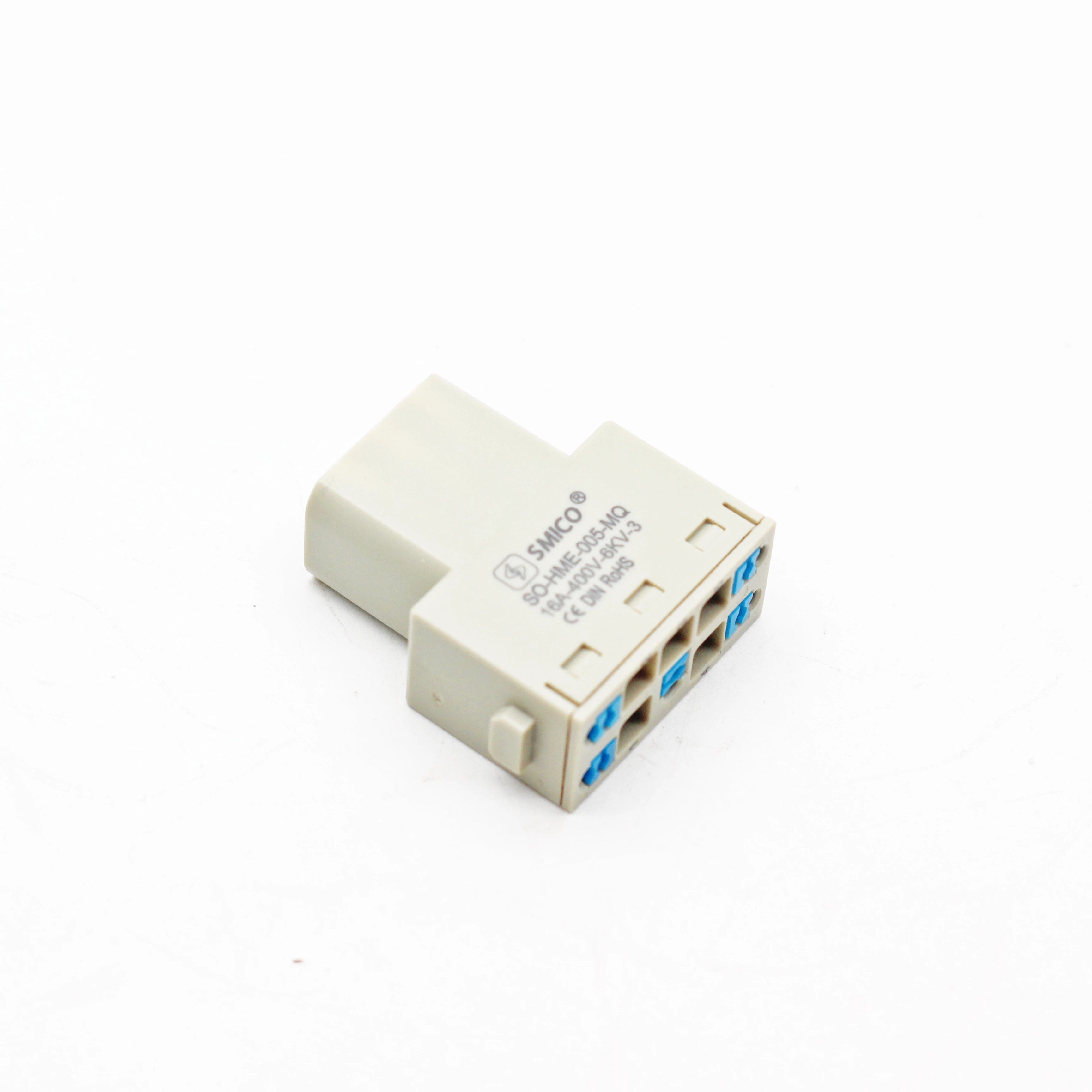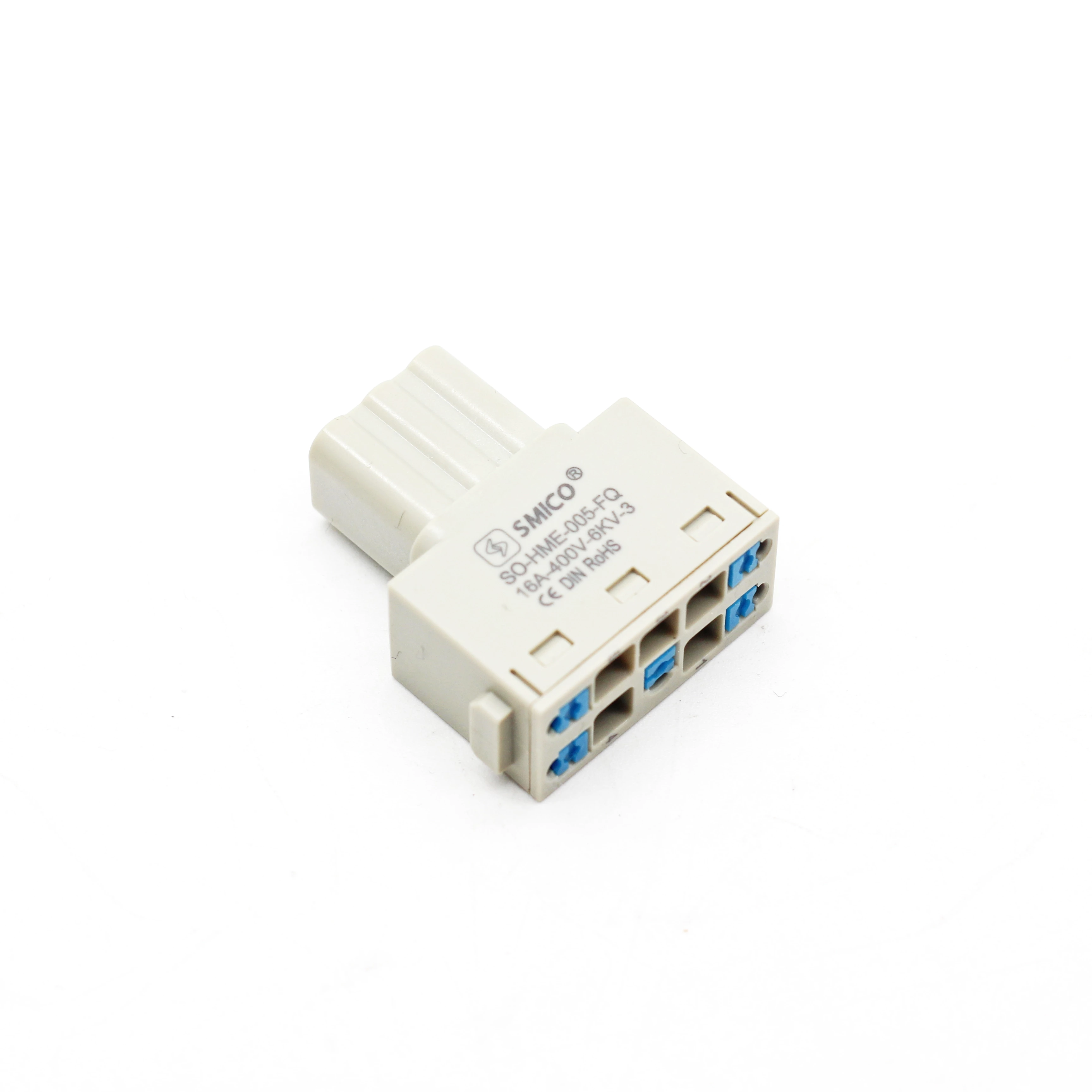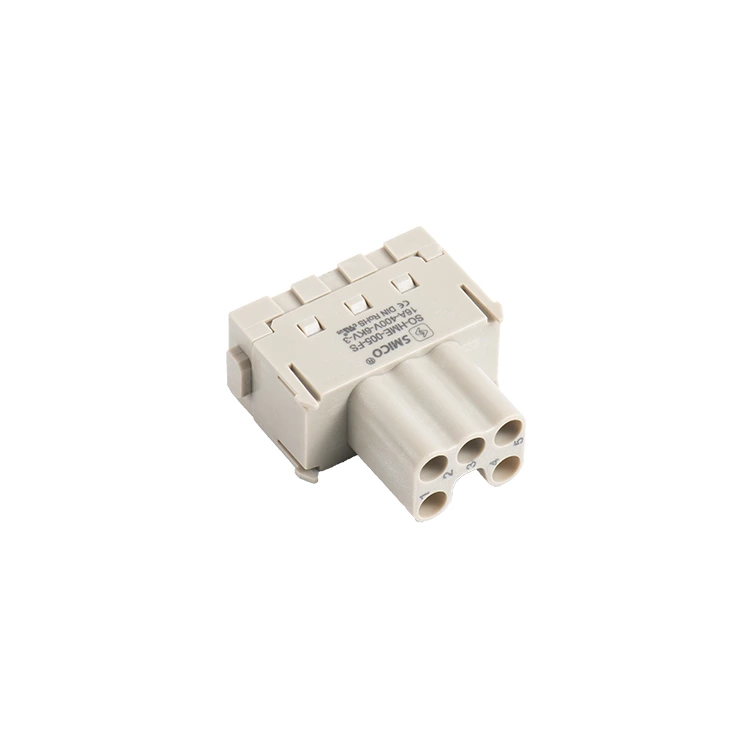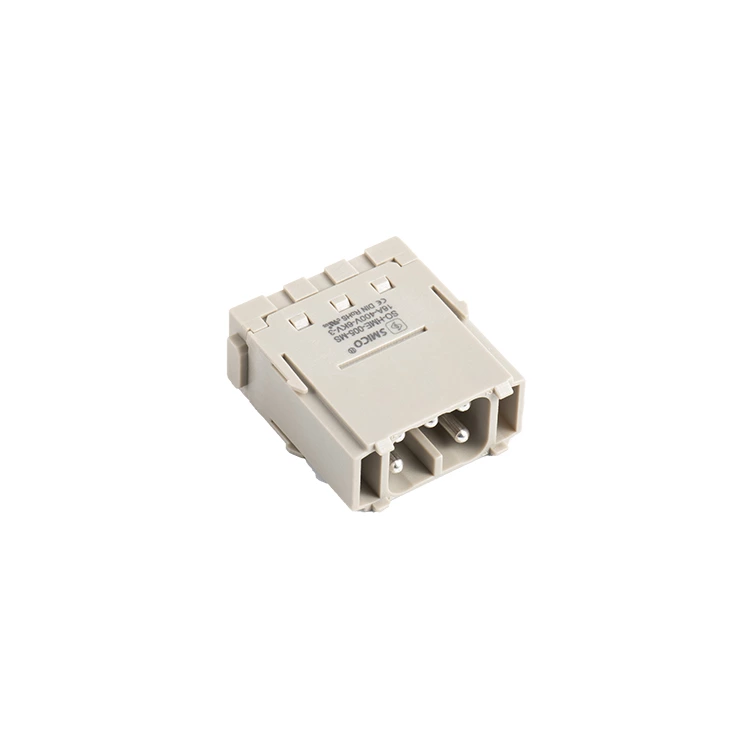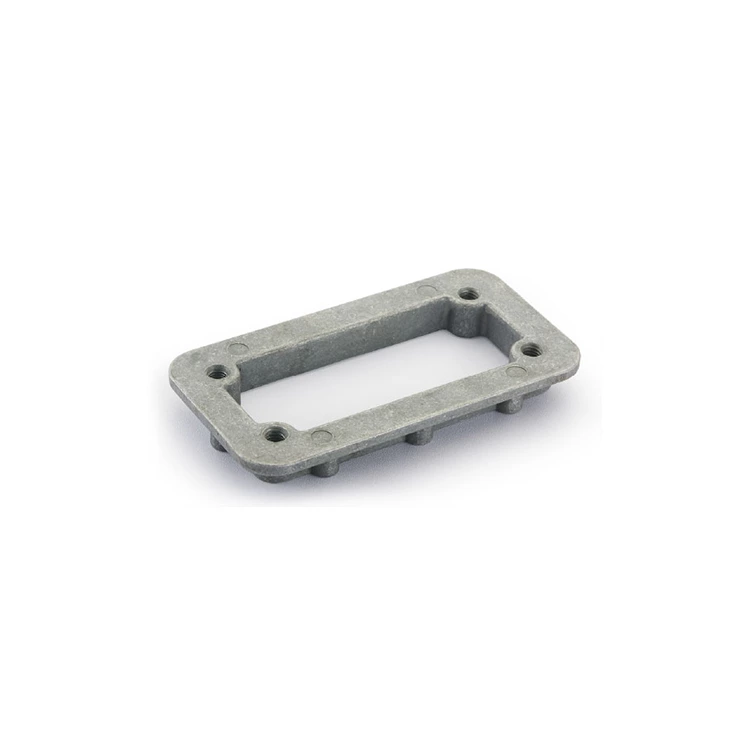Functional Introduction Of Tin Plating On The Surface Of Push-in Terminal Blocks
In the metal components of component push wire terminal block, the base material is mostly copper or copper alloy. The tin plating on component push in terminal block is primarily to improve the contact interface quality. The tin layer effectively inhibits the formation of verdigris and oxide films on the copper surface in humid or salty environments, thus maintaining stable contact resistance.
During the compression fit in the spring-clamping structure, the oxide film of the tin plating layer is easily broken, allowing bare tin metal to participate in direct contact, thereby establishing a metal-to-metal current path and ensuring contact performance.
From the perspective of corrosion prevention and durability, the tin layer provides a protective film for component push in din rail terminal blocks, reducing the risk of corrosion of terminal push fit din rail terminals in the external environment. Simultaneously, in controlling the insertion and release forces between component push fit terminal block and the conductor, the tin-plated surface often provides a lower coefficient of friction or more consistent physical properties, which is beneficial for equipment manufacturing and on-site assembly.
